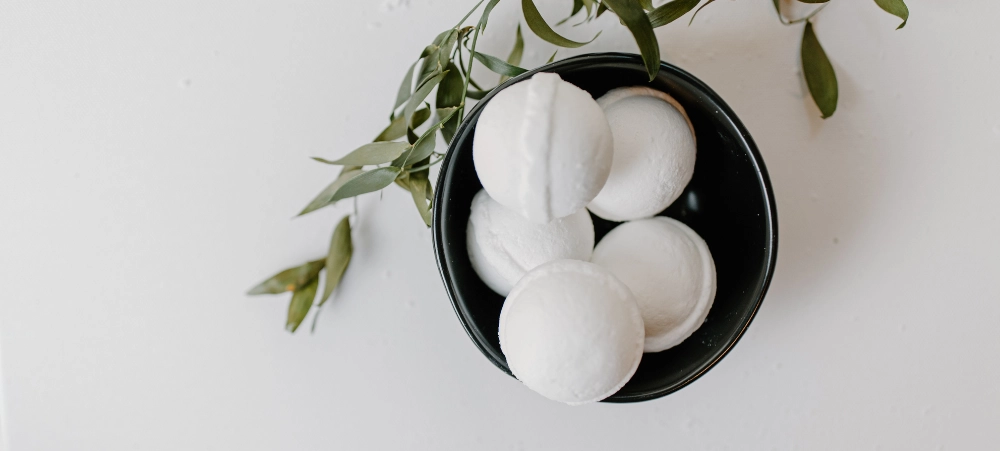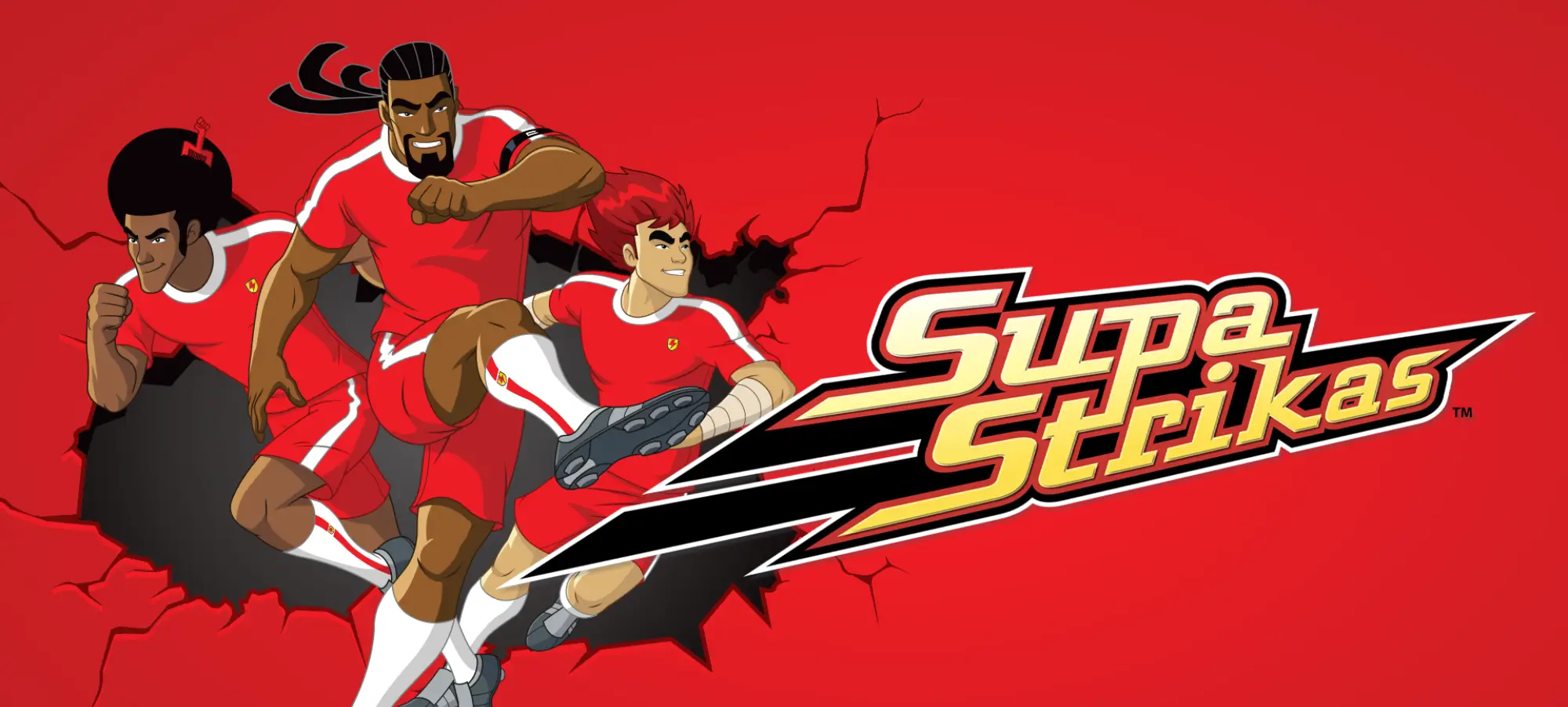We all need to eat, to sustain life and for the pure enjoyment of it. A delicious meal can reset your thinking as well as give you energy. And mushrooms have a lot to offer when it comes to good food, good mood, good life. Mom was right when she told you to eat your greens because they’re good for you. And while mushrooms are technically fungi, rather than vegetables, they hold the same eating and nutrition pluses as plants. A study by the University of Kent and the University of Reading found that uplifting your health by eating good-for-you mushrooms, fresh vegetables and fruit, and taking part in regular exercise, can indeed make you a happier and healthier person. Now we all know what foods we should eat for optimal health and mood, but we simply don’t do it. Mushrooms offer an amazing quick-fix to this conundrum, because they’re not only easily accessible and budget-friendly, they are also delicious and amazingly versatile, adapting to all sorts of dishes and cooking styles! But most importantly, mushrooms are simple to ADD to your meals, rather than a hard-to-stomach subtraction. Feel like pizza? Choose sliced mushrooms as one of your toppings. A braai with friends? Marinate and chargrill big brown mushrooms in place of some of the meat you’d ordinarily serve. Making a stir-fry, pasta dish or stew? Throw in some fresh mushrooms. It’s no extra effort but always a positive mental and lifestyle choice. Often when we want to feel better, we reach for the sweets and cakes, but nutrient dense foods like mushrooms will actually do more for your long-term mindset. Some of the reasons mushrooms are a mental health marvel, include: Vitamin D Fresh mushrooms were lauded in a recent CNET article titled, 8 Foods That’ll Make You Happy, According to Science. The reason? Vitamin D. “Mushrooms are packed with vitamin D, which has been linked to antidepressant qualities and may boost your mood,” states the article. “If you’re vegan or vegetarian, you’re in luck, since mushrooms are the only non-animal-derived food source with a substantial amount of vitamin D that’s bioavailable (the body can easily absorb it). To get the most vitamin D benefit from mushrooms, expose them to sunlight for a few hours before cooking.” Vitamin B6 A study published in 2022 in The National Library of Medicine “concluded that vitamin B6 actively helps in relieving symptoms that accompany depression and anxiety, making it an important supplement to be added to our daily lives.” And you guessed it, fresh mushrooms are a good source of B6. Selenium Mushrooms deliver a significant amount of the antioxidant selenium, which has long been associated with brain health, with studies mentioning benefits that range from lowering inflammation in brain cells to dementia support. According to WebMD, “research shows selenium’s antioxidant properties fight cell damage that may worsen brain and nervous system diseases like Parkinson’s, Alzheimer’s, and multiple sclerosis.” Ergothioneine A 2021 study at Penn State College of Medicine that looked at mushroom consumption and individuals’ mental health, and considered the information from more than 24 000 US adults between 2005 and 2016, collected from that country’s National Health and Nutrition Examination Survey, reported a connection between individuals eating moderate-to-high levels of mushrooms and depression. “Higher mushroom intake gave participants lower odds of experiencing depression or depression symptoms, compared to those who ate a low amount of or no mushrooms,” noted the authors. The lead researcher, Djibril Ba, then went on to says that “mushrooms are the highest dietary source of ergothioneine, an amino acid that works as an anti-inflammatory agent. Inflammation has been linked to depression, anxiety and other mood disorders, so this inflammation-fighting nutrient may help combat these common mental health woes.” Clearly fungi brings the chill, feeds the mind and boosts your happy days! And while happiness is not one of those things we can really strive for directly, it’s certainly a byproduct of good living, including eating well – and that means great flavour, fullness and overall satisfaction too. Chase the happiness highway with tasty mushroom meals from https://bit.ly/31Tza3V. Then add some exercise and time with good friends to the mix, serving up happy-to-share classics like Mushroom Loaded Nachos with Homemade Queso https://rebrand.ly/x6hbo4g to get those good vibes going. ______________________________________________________________ Mushroom Loaded Nachos with Homemade Queso (cheese sauce) Serves 8 INGREDIENTS For the cheesy sauce / queso: 2 Tbsp butter1 small onion, finely diced3 garlic cloves, grated 2 tsp ground cumin½ tsp cayenne pepper2 cups full cream milk1 Tbsp cornstarch300g cheddar cheese, finely grated Salt, to taste For the nachos: 500g corn tortilla chips2 chicken breasts, cooked and shredded1 onion, finely diced2 garlic cloves, grated 1 Tbsp Mexican spice mix / Taco seasoning 500g mixed mushrooms, sliced (baby button, portabellini & white button) 1 x 400g tin crushed italian tomatoes 1 x 400g tin black beans, drained & rinsed Olive oilSalt and pepper, to taste Optional nacho sides for serving:Guacamole, sour cream, tomato & onion salsa, fresh coriander, grilled corn METHOD For the cheesy sauce / queso: Heat butter in a medium saucepan over medium heat. Add onion and garlic. Cook, stirring occasionally, until onions are tender but do not brown. Add cumin and cayenne pepper and cook until fragrant. Stir in all but ¼ cup of the milk and bring to a bare simmer. With the remaining ¼ cup of milk whisk in the cornstarch until smooth. Add cornstarch slurry to the pot and whisk it through. Whilst simmering, continue to whisk and cook the cornstarch into the mixture for 2 minutes until thickened and mixture coats the back of a spoon. Turn off the heat and switch to a spatula. Adding a handful at a time, sprinkle in the cheddar and stir until it is fully dissolved. Do not add too much at a time. If you need to increase the heat, switch the burner on to the lowest setting to help the melting along. Continue adding the cheese until it has all melted. Cover the queso with a lid while preparing the rest of the
































